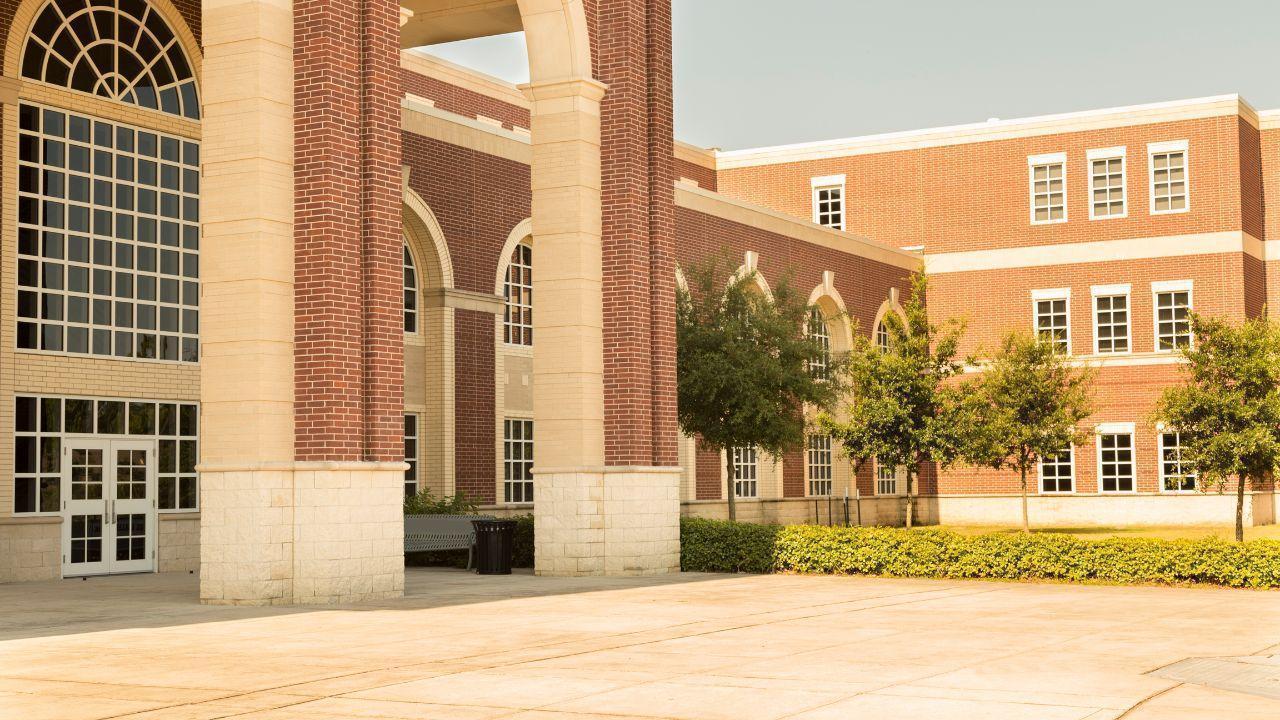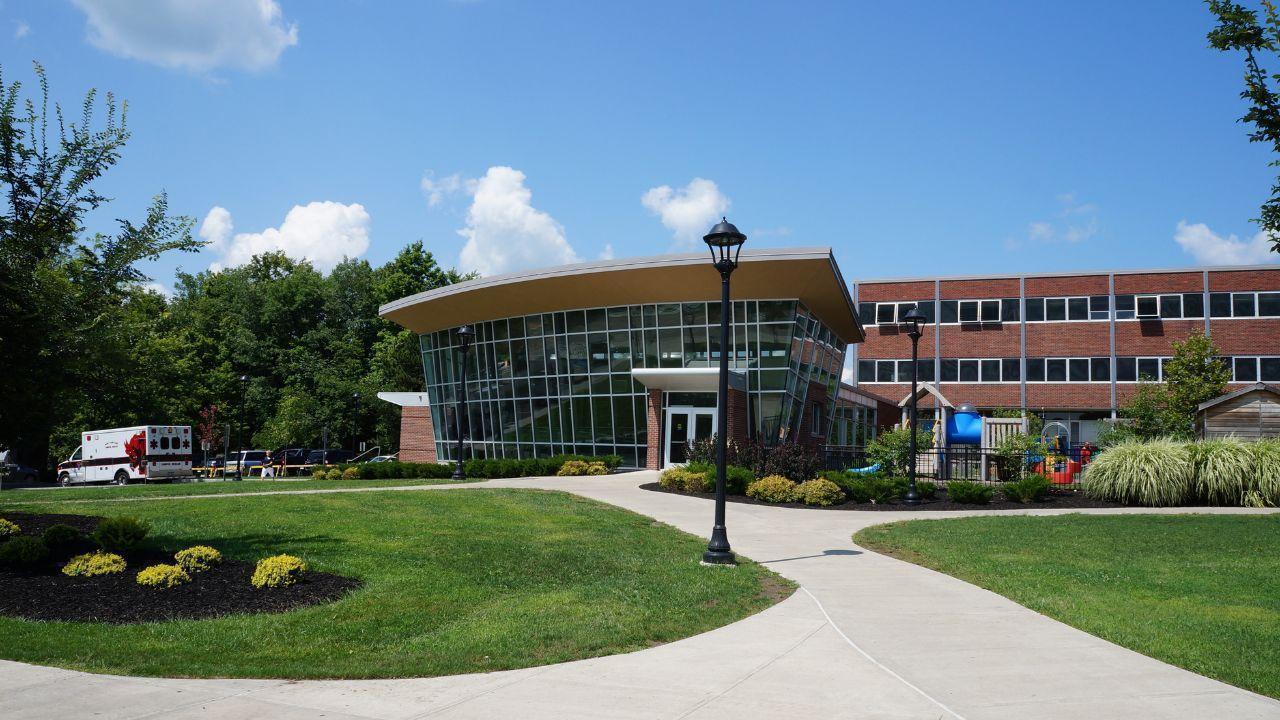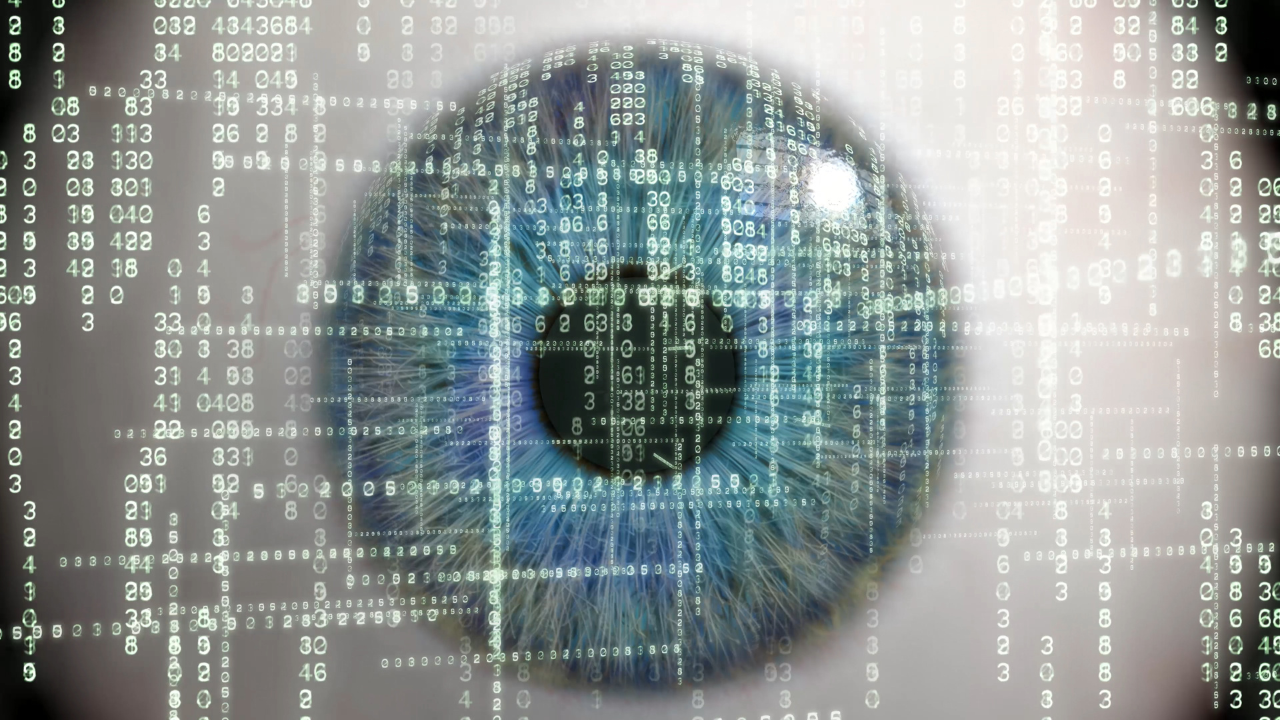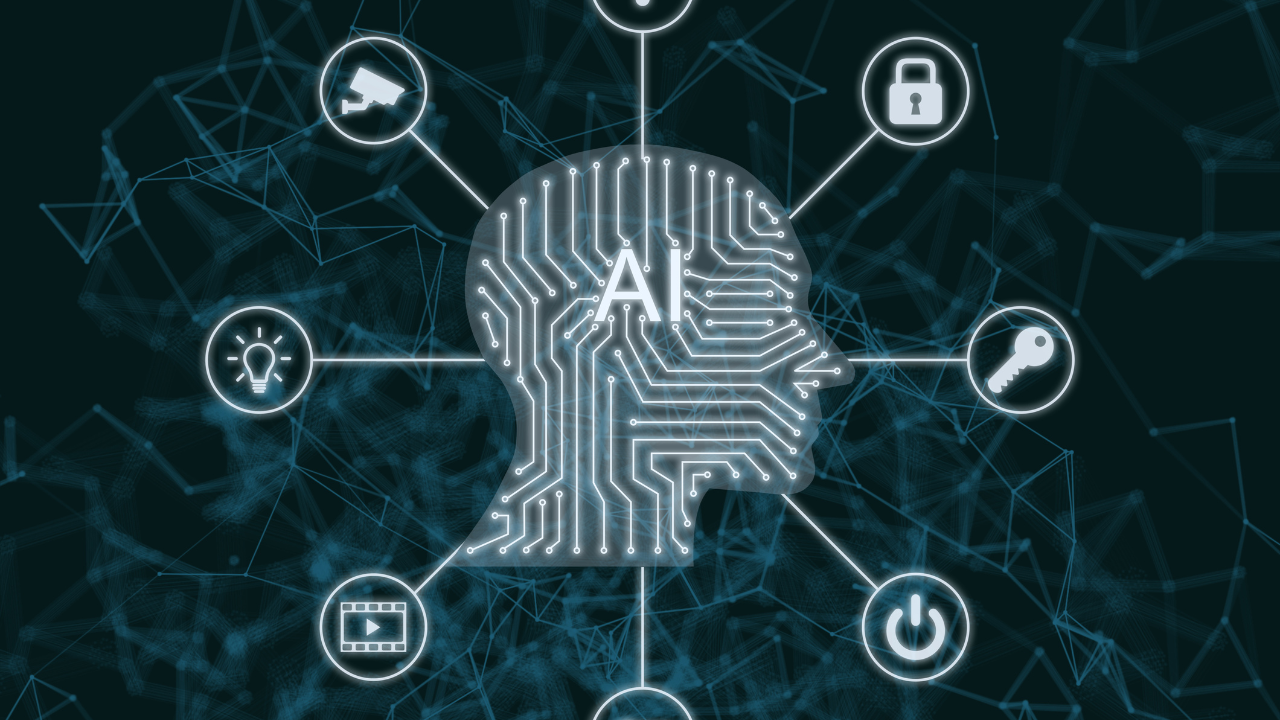



Cybersecurity Keeps School Data and Systems Safe Online
In today’s digital world, almost everything is online. From checking grades to submitting homework, students and teachers rely on the internet for many tasks. With all this information moving online, cybersecurity has become a big concern. The impact of cybersecurity on educational institutions is something that cannot be ignored anymore. It is important for schools, colleges, and universities to protect their data and systems to keep their students and staff safe.
This article will explain how cybersecurity affects educational institutions, why it matters, and what schools can do to protect themselves.
What is Cybersecurity?
Cybersecurity means protecting computer systems, networks, and data from theft, damage, or unauthorized access. In simple words, it’s about keeping everything safe online. This includes protecting personal data, school systems, and private information from hackers or people who try to steal it.
Why Does Cybersecurity Matter in Schools?
Educational institutions store a lot of sensitive information. This includes student records, grades, personal details, and research data. If this information gets into the wrong hands, it can lead to serious problems. Let’s look at some reasons why the impact of cybersecurity on educational institutions is so important.
1) Protecting Student Data
Schools collect personal information like names, addresses, dates of birth, and academic records. If hackers gain access to this data, they could misuse it. For example, they could steal identities or use the information to commit fraud.
2) Preventing Financial Losses
Many educational institutions handle large amounts of money for things like tuition fees, donations, and grants. A cybersecurity attack could lead to financial losses if hackers steal this money or make unauthorized transactions.
3) Maintaining Trust
Schools and colleges need to maintain trust with students, parents, and staff. If a data breach occurs, it can damage the reputation of the institution. Parents and students may lose confidence in the school’s ability to protect their personal information.
4) Ensuring Smooth Operations
Educational institutions depend on online systems for everything, from registering for classes to managing exams. If these systems are attacked or shut down, it can disrupt the entire learning process. Cyberattacks can also make it difficult for staff to access important files and documents.
Common Cybersecurity Threats to Educational Institutions
There are several types of cybersecurity threats that can affect schools and colleges. Some of the most common threats include:
1) Phishing Attacks
Phishing is a type of scam where hackers try to trick people into sharing personal information, like passwords, by pretending to be someone else. For example, a hacker might send an email that looks like it’s from the school asking for login details.
2) Ransomware
Ransomware is a type of virus that locks a school’s computer system or files until the school pays a ransom to the hackers. This can be a huge problem for educational institutions because it can stop everything from running smoothly.
3) Data Breaches
A data breach happens when someone accesses personal information without permission. This could be due to a weak password, an unprotected system, or even an insider threat. Hackers might steal student records, financial details, or research data.
4) Malware
Malware is software designed to damage or disrupt a system. It can be used to spy on users, steal data, or cause a system to crash. Schools and universities can be targeted by malware, especially if they don’t have strong protection systems in place.
How Can Schools Protect Themselves?
Now that we understand the risks, it’s important to know what schools and colleges can do to protect themselves. Here are some simple ways educational institutions can improve their cybersecurity:
1) Educating Students and Staff
One of the easiest ways to prevent cyberattacks is to educate people about how to stay safe online. Schools should train students, teachers, and staff on recognizing phishing emails, using strong passwords, and avoiding suspicious websites.
2) Updating Software Regularly
Many cyberattacks happen because software is outdated and has security holes. By regularly updating their operating systems, apps, and security software, schools can patch these vulnerabilities and stay protected from new threats.
3) Using Strong Passwords
Strong passwords are crucial for protecting systems and data. Schools should encourage students and staff to use complex passwords that include numbers, letters, and symbols. They should also make it a rule to change passwords regularly.
4) Backups and Data Recovery Plans
In case of a cyberattack, it’s important to have backup copies of all critical data. Schools should have a system in place to back up data regularly and ensure they can recover quickly if their systems are attacked.
5) Firewalls and Encryption
Firewalls are protective barriers that help keep unauthorized users from accessing school networks. Encryption ensures that data is unreadable to anyone who doesn’t have the correct key. Both of these tools help keep systems and information safe.
Disclaimer:
The information provided in this article is for general educational purposes only. While we strive to offer accurate and up-to-date details, cybersecurity practices and policies can change over time. MyEduGoal is not responsible for any actions taken based on the content shared here. Readers should consult official sources or experts for specific advice related to cybersecurity in educational institutions.
#trending #latest #Cybersecurity #Education #EdTech #StudentDataProtection #OnlineSafety #DigitalSecurity #SchoolSecurity #DataProtection #CyberAwareness #MyEduGoal

University Internships That Help You Get a Job After Graduation... Read More.

Is It Smarter to Start at a Community College... Read More.
 Fake posts hit Czech PM Fiala's X
Fake posts hit Czech PM Fiala's X
Fake posts disrupt Czech PM Fiala's X account security
 Switzerland Tightens Export Rules
Switzerland Tightens Export Rules
Switzerland expands export controls on dual-use goods
 Google unveils Ironwood AI chip
Google unveils Ironwood AI chip
Google introduces Ironwood chip to accelerate AI tasks & apps
 TSMC Q1 revenue up 42%
TSMC Q1 revenue up 42%
TSMC sees 42% revenue surge in Q1, surpassing forecasts
 Amazon CEO Outlines AI Vision
Amazon CEO Outlines AI Vision
Amazon CEO reveals AI investment plans in new letter
 Osaka Hosts World Expo 2025
Osaka Hosts World Expo 2025
Japan blends tech and culture at Osaka Expo 2025 launch
 A16z Plans Big Bet on AI Startup
A16z Plans Big Bet on AI Startup
A16z may lead huge round in ex-OpenAI CTO’s new AI firm.
© MyEduGoal. All Rights Reserved. Design by markaziasolutions.com